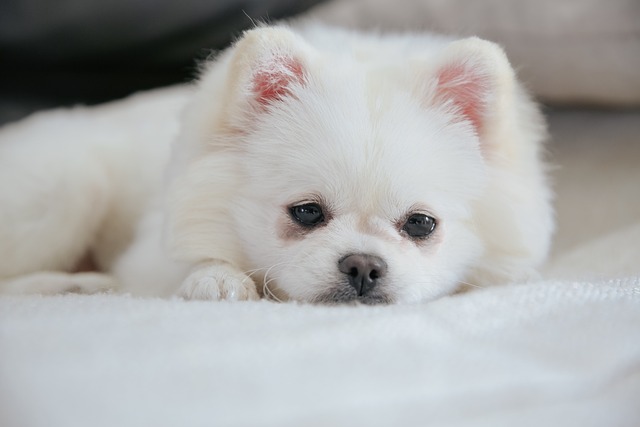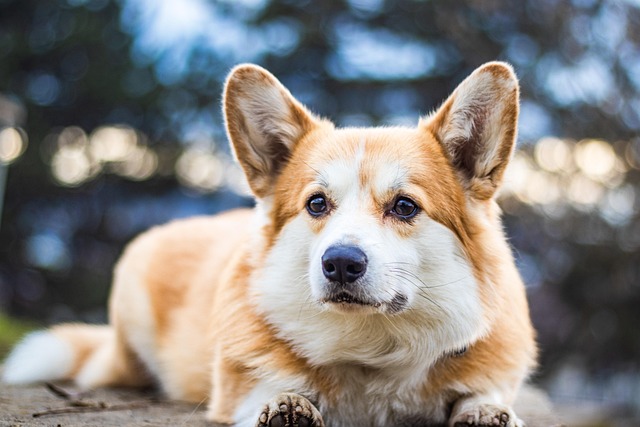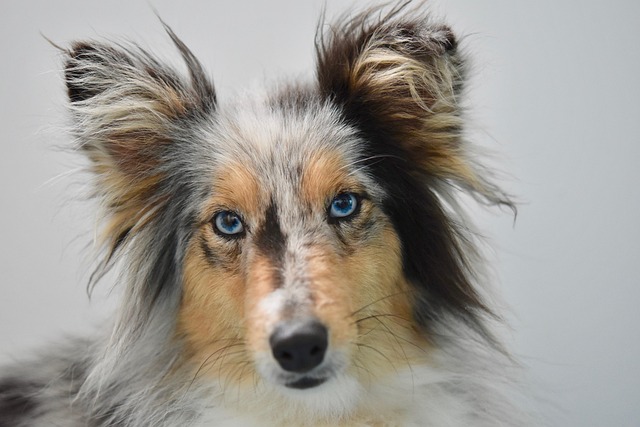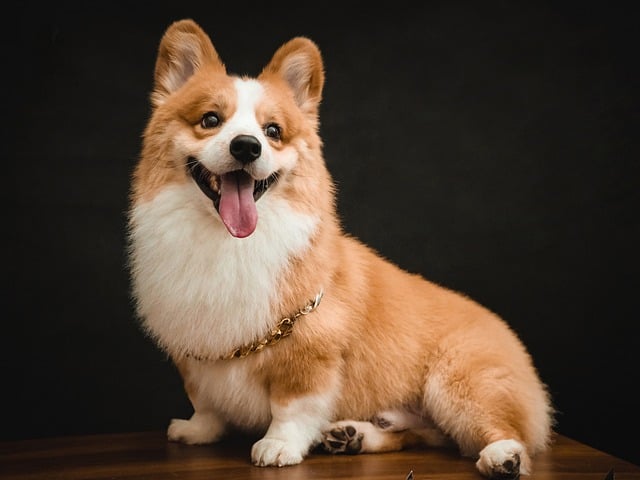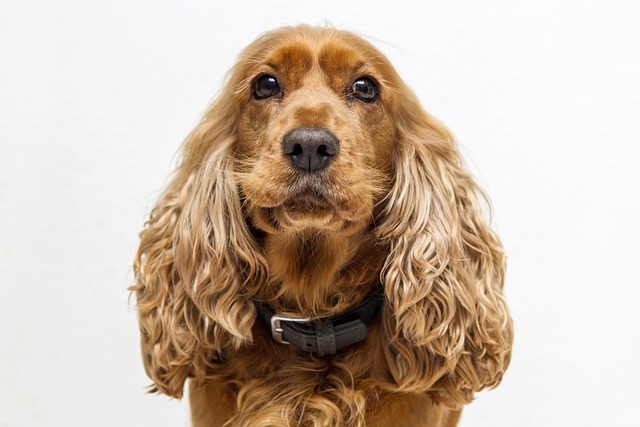Toy obsession in dogs can turn playtime into a stressor, with your pup growling over a tennis ball or fixating so hard on a plush that mealtimes get ignored. It’s not just about bad manners—this behavior can strain interactions, especially in homes with kids or other pets.
Start by mixing up their routine. If your dog fixates on one favorite toy, rotate it out with three or four others every few days. This breaks the cycle of hyper-focus by keeping their environment unpredictable.
Divert that energy with structured play. A 15-minute game of fetch followed by a puzzle feeder filled with kibble teaches them that engagement comes in multiple forms. Dogs thrive on mental stimulation as much as physical.
Set clear boundaries. When your dog guards their toy, calmly remove it without drama and replace it with a chew treat. Consistency here helps them learn that hoarding doesn’t lead to rewards.
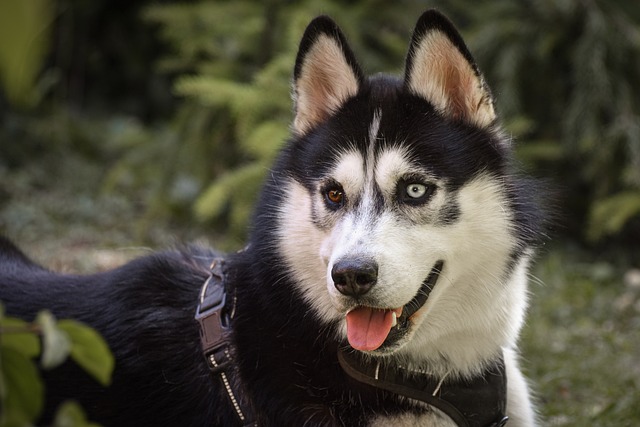 Incorporate training sessions into daily moments. Use commands like “drop it” during casual play, rewarding compliance with praise or a quick belly rub. Positive reinforcement builds trust faster than scolding.
Incorporate training sessions into daily moments. Use commands like “drop it” during casual play, rewarding compliance with praise or a quick belly rub. Positive reinforcement builds trust faster than scolding.
Be mindful of public spaces. Many parks have rules against aggressive behavior, and a toy-obsessed dog might snap if someone gets too close to their prize. Keeping a short leash in busy areas prevents tense situations.
Understand the root cause. Boredom often drives obsession, especially in high-energy breeds. A Border Collie left alone with just a squeaky toy may fixate out of frustration, whereas a Greyhound might need softer distractions.
Consult a vet if the behavior escalates. Obsession can sometimes stem from anxiety or compulsive disorders, which may require professional guidance beyond basic training.
Adjust your response to their cues. If your dog starts stiffening up while holding a toy, redirect their attention with a walk or a game of tug-of-war—channeling that intensity into interactive play.
Respect their need for downtime. Just like humans, dogs need quiet moments. Provide a cozy bed away from their toy stash, encouraging them to relax without constant stimulation.
Check local regulations too. Some areas have leash laws that apply even during play, and a dog fixated on a toy might dart into traffic, risking fines or worse. Safety always comes first.
Celebrate small wins. When your dog voluntarily drops a toy to join family time, mark that moment with excitement. Positive associations weaken the grip of obsession over time.
Remember, progress takes patience. Toy obsession rarely fades overnight, but with consistent, kind guidance, your dog will learn to balance their love for play with everyday life.
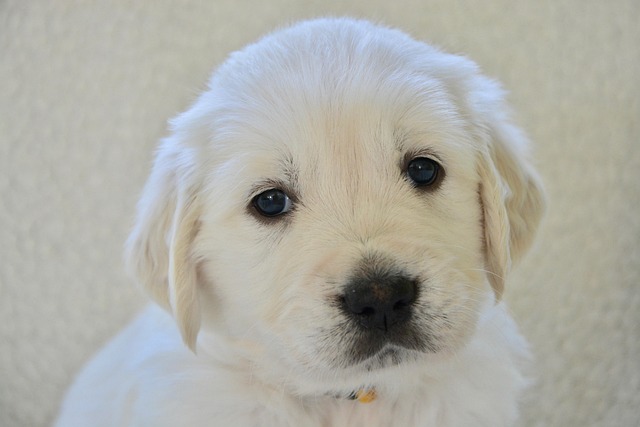
 Incorporate training sessions into daily moments. Use commands like “drop it” during casual play, rewarding compliance with praise or a quick belly rub. Positive reinforcement builds trust faster than scolding.
Incorporate training sessions into daily moments. Use commands like “drop it” during casual play, rewarding compliance with praise or a quick belly rub. Positive reinforcement builds trust faster than scolding.